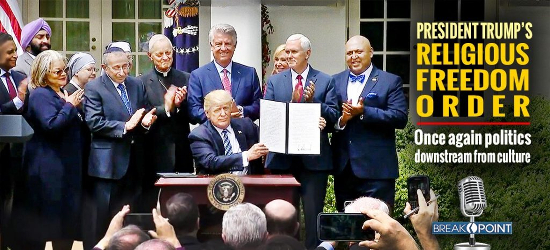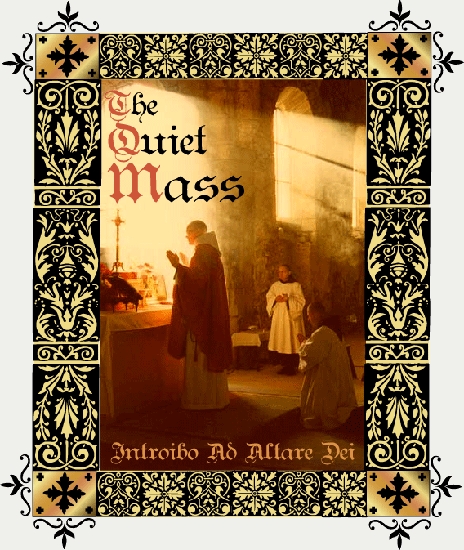
Tridentine Masses This Coming Week
Sunday
- Sun. 7:30 AM and 10:00 AM: Low Mass (Confessions 45 minutes before and after Masses) at St. Joseph's Church, Ray Township [NB: See note at bottom of this post about SSPX sites.]*
- Sun. 8:00 and 10:30AM Low Mass (Confessions 1/2 hour before Mass: call beforehand) at St. Ann's Church, Livonia [NB: See note at bottom of this post about SSPX sites.]*
- Sun. 9:00 AM: Low Mass at St. Joseph Oratory, Detroit
- Sun. 9:30 AM: High Mass at Assumption Grotto, Detroit
- Sun. 9:45 AM: High Mass at OCLMA/Academy of the Sacred Heart, Bloomfield Hills
- Sun.: [occasional Tridentine Masses: contact parish] at Our Lady of the Scapular Parish
- Sun. 11:00 AM: Solemn High Mass at St. Joseph Oratory, Detroit
- Sun. 12:00: High Mass at St. Mary Star of the Sea, Jackson
- Sat. 12:30 PM (2nd Sundays only): Tridentine Mass at Old St. Patrick's, Ann Arbor
- Sun. 2:00 PM (1st Sundays only):St. Alphonsus Church, Windsor, Canada
- Sun. 2:00 PM (every Sunday except 1st): High Mass at Holy Name of Mary, Canada
- Sun. 3:00 PM (2nd and 4th Sundays): Tridentine Mass (call ahead for Confession times, 989-892-5936) at Infant of Prague, Bay City [NB: See note at bottom of this post about SSPX sites.]*
- Sun. 3:00 PM: High Mass St. Matthew Catholic Church, Flint
Monday
- Mon. 7:30 AM: Low Mass at Assumption Grotto, Detroit
- Mon. 8:00 AM: Low Mass St. Joseph Oratory, Detroit
- Mon. 8:00 AM: Low Mass (Confessions by appointment) at St. Joseph's Church, Ray Township [NB: See note at bottom of this post about SSPX sites.]*
- Mon. 12:00 Noon: High Tridentine Mass at Assumption Grotto, Detroit
- Mon. 7:00 PM: Low Mass at St. Josaphat, Detroit
- Mon. 7:00 PM: Low Mass at Assumption Grotto, Detroit
Tuesday
- Tue. 7:00 AM Low Mass at Assumption Grotto, Detroit
- Tue. 8:00 AM: Low Mass St. Joseph Oratory, Detroit
- Tue. 8:00 AM: Low Mass (Confessions by appointment) at St. Joseph's Church, Ray Township [NB: See note at bottom of this post about SSPX sites.]*
- Tue. 7:00 PM: Low Mass at Holy Name of Mary, Canada
- Tue. 7:00 PM: Low Mass at Assumption Grotto, Detroit
Wednesday
- Wed. 7:30 AM: Low Mass at Assumption Grotto, Detroit
- Wed. 8:00 AM: Low Mass (Confessions by appointment) at St. Joseph's Church, Ray Township [NB: See note at bottom of this post about SSPX sites.]*
- Wed. 12:00 Noon: Low Mass St. Joseph Oratory, Detroit followed by Perpetual Novena to St. Joseph
- Wed. 7:00 PM: Low Mass at Assumption Grotto, Detroit
Thursday
- Thu. 7:30 AM: Low Mass at Assumption Grotto, Detroit
- Thu. 8:00 AM: Low Mass St. Joseph Oratory, Detroit
- Thu. 8:00 AM: Low Mass (Confessions Thursdays: 7:00 - 7:30 PM during Benediction) at St. Joseph's Church, Ray Township [NB: See note at bottom of this post about SSPX sites.]*
- Thu. 7:00 PM: Low Mass at Assumption Grotto, Detroit
Friday
- Fri. 7:30 AM: Low Mass at Assumption Grotto, Detroit
- Fri. 8:00 AM: Low Mass St. Joseph Oratory, Detroit
- Fri. 8:00 AM: Low Mass (Confessions 6:30 PM - 7:30 PM during Holy Hour) at St. Joseph's Church, Ray Township [NB: See note at bottom of this post about SSPX sites.]*
- Fri. 7:00 PM: Low Mass (usually) at Assumption Grotto, Detroit
- Fri. 7:00 PM (1st Fridays only): High Mass at Old St. Mary's, Greektown, Detroit Celebrant: Msgr. Ronald Browne. Choir will sing William Byrd’s Mass for Four Voices. Devotions to the Sacred Heart before Mass. Reception follows Mass in the parish hall.
- Fri. 7:00 PM: Tridentine Mass at St. Joseph, Sarnia, Ontario
- Fri. 7:00 PM (after 6:00 PM Holy Hour, 1st Fridays only): High Mass at St. Joseph Oratory, Detroit
Saturday
- Sat. 7:30 AM: Low Mass at Assumption Grotto, Detroit
- 8:00 AM (1st Saturdays): Low Mass at St. Edward on the Lake, Lakeport
- Sat. 8:00 AM: Low Mass (Confessions 8:30 AM to 9:30 AM) at St. Joseph's Church, Ray Township [NB: See note at bottom of this post about SSPX sites.]*
- Sat. 8:00 AM: Low Mass (Confessions 1/2 hour before Mass: call beforehand) at St. Ann's Church, Livonia [NB: See note at bottom of this post about SSPX sites.]*
- Sat. 8:30 AM: Low Mass at Miles Christi, South Lyon, MI
- Sat. 9:00 AM (1st Saturdays): High Mass at St. Anthony, Temperance
- Sat. 9:00 AM: Low Mass and Novena to Our Lady of Perpetual Help at St. Joseph Oratory, Detroit
- Sat. 6:00 PM: Tridentine Mass at SS. Cyril & Methodius Slovak Catholic Church, Sterling Heights
* NB: The SSPX chapels among those Mass sites listed above are posted here because the Holy Father has announced that "those who during the Holy Year of Mercy approach these priests of the Fraternity of St Pius X to celebrate the Sacrament of Reconciliation shall validly and licitly receive the absolution of their sins," and subsequently extended this privilege beyond the Year of Mercy. These chapels are not listed among the approved parishes and worship sites on archdiocesan websites.




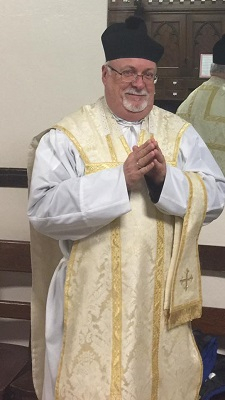
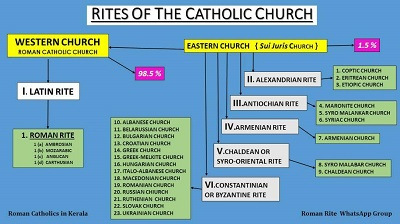
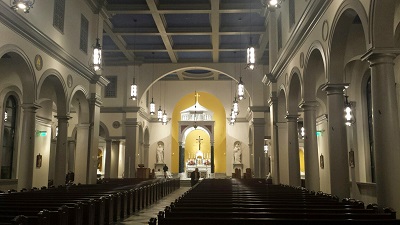
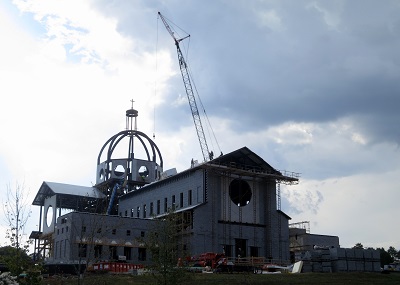
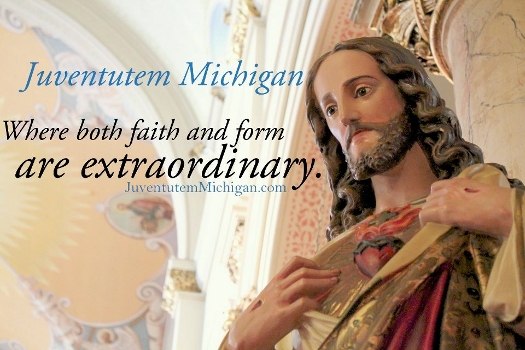
 Essentially, Fr. John Hunwicke seems to be suggesting that, whatever the material content of the Holy Father's locutions, they lack sufficient theological sobriety and propositional restraint to rise to the level of formal heresy. Here's the first of four posts he has on the topic: "
Essentially, Fr. John Hunwicke seems to be suggesting that, whatever the material content of the Holy Father's locutions, they lack sufficient theological sobriety and propositional restraint to rise to the level of formal heresy. Here's the first of four posts he has on the topic: "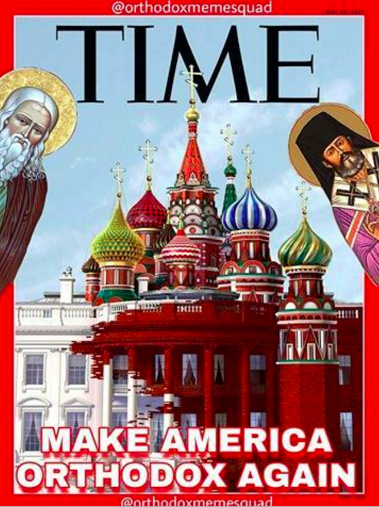

 In the early part of the twentieth century there were prominent Protestant theologians like Reinhold Seeberg of Berlin and Wilhelm Braun of Heidelberg who lamented the bitter fruits of the Reformation. Fr. Joseph Husselein, S.J., writing in "
In the early part of the twentieth century there were prominent Protestant theologians like Reinhold Seeberg of Berlin and Wilhelm Braun of Heidelberg who lamented the bitter fruits of the Reformation. Fr. Joseph Husselein, S.J., writing in " Braun, upon reading the historical and theological exposés of Luther by Father Heinrich Denifle, O.P. [photo below left], in Luther und Luthertum and by Fr. Hartmann Grisar, S.J., in Luther, asked "What, then remains of Luther?" After candidly admitting the superior facilities possessed by the Dominican and Jesuit authors over Protestant theologians and historians in the field of Luther research (p. 169), Braun draws up the following remarkable summary of his impressions:
Braun, upon reading the historical and theological exposés of Luther by Father Heinrich Denifle, O.P. [photo below left], in Luther und Luthertum and by Fr. Hartmann Grisar, S.J., in Luther, asked "What, then remains of Luther?" After candidly admitting the superior facilities possessed by the Dominican and Jesuit authors over Protestant theologians and historians in the field of Luther research (p. 169), Braun draws up the following remarkable summary of his impressions: We believed that we owed to him the spirit of toleration and liberty of conscience. Not in the least! We recognized in his translation of the Bible a masterpiece stamped with the impress of originality -- we may be happy now if it is not plainly called a 'plagiarism'! ... Looking upon the 'results' of their work thus gathered together, we cannot help asking the question: What, then, remains of Luther?
We believed that we owed to him the spirit of toleration and liberty of conscience. Not in the least! We recognized in his translation of the Bible a masterpiece stamped with the impress of originality -- we may be happy now if it is not plainly called a 'plagiarism'! ... Looking upon the 'results' of their work thus gathered together, we cannot help asking the question: What, then, remains of Luther?


